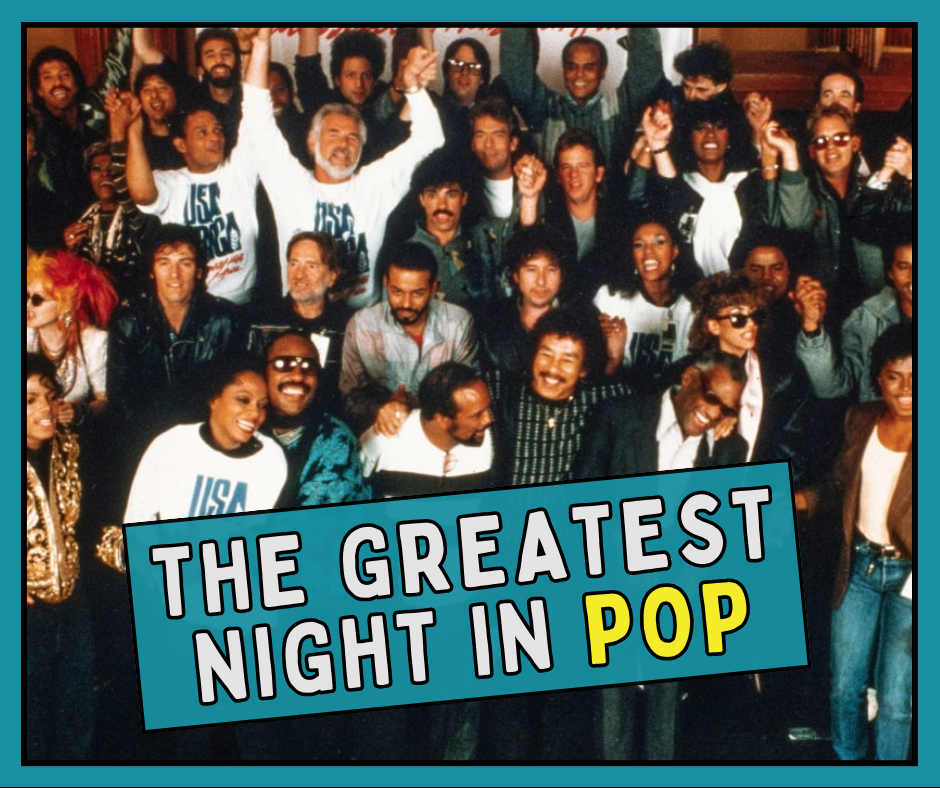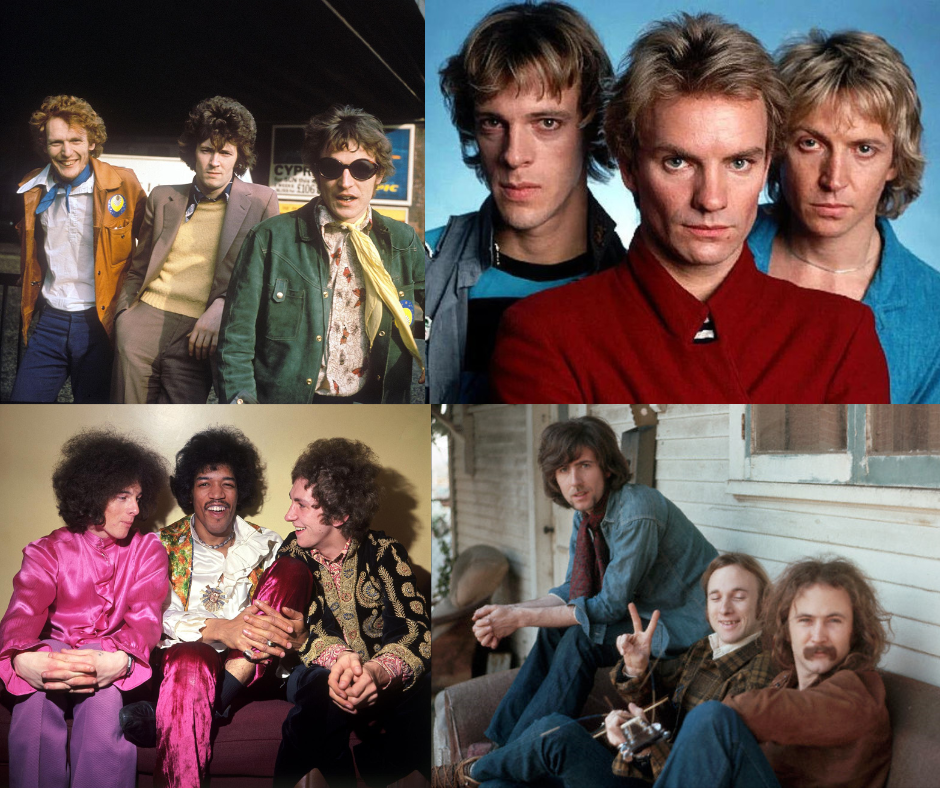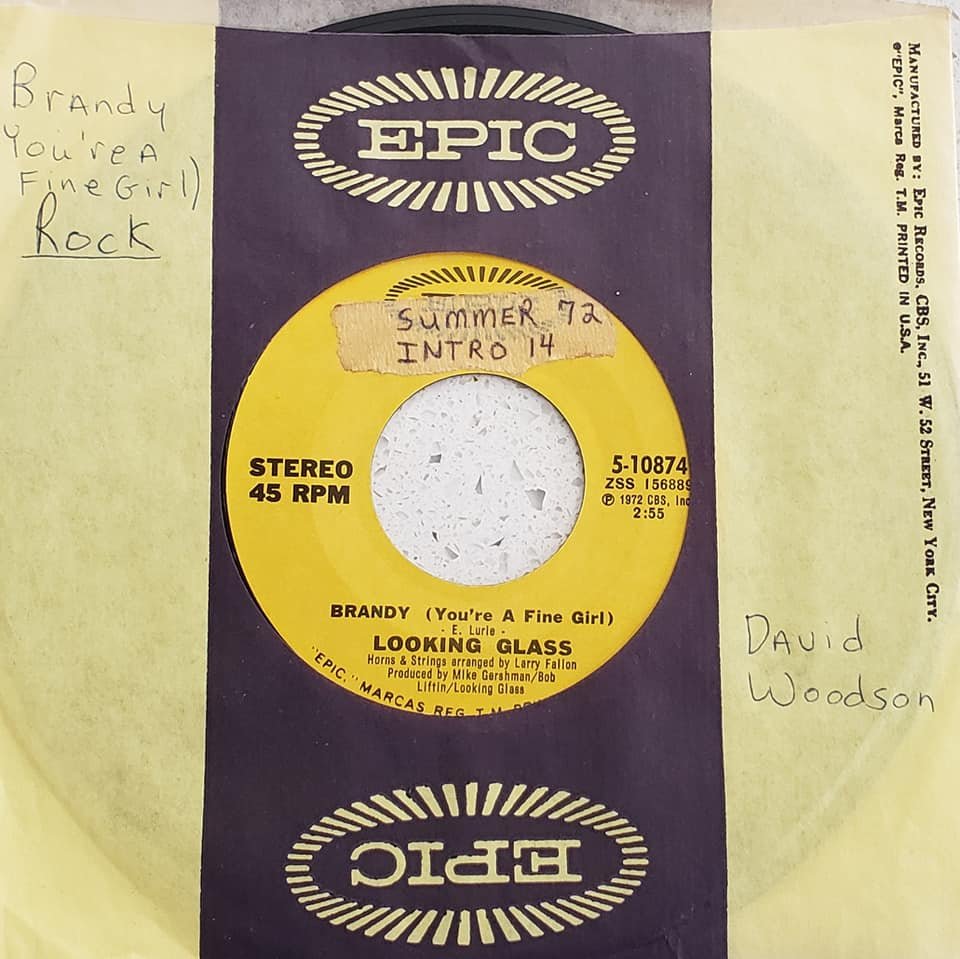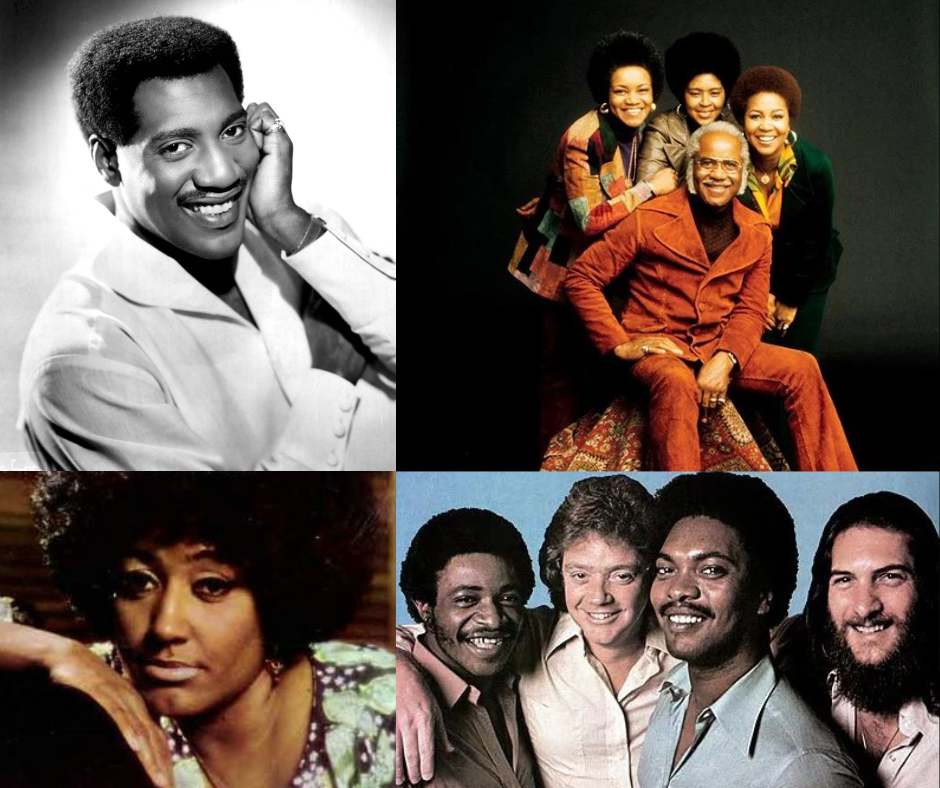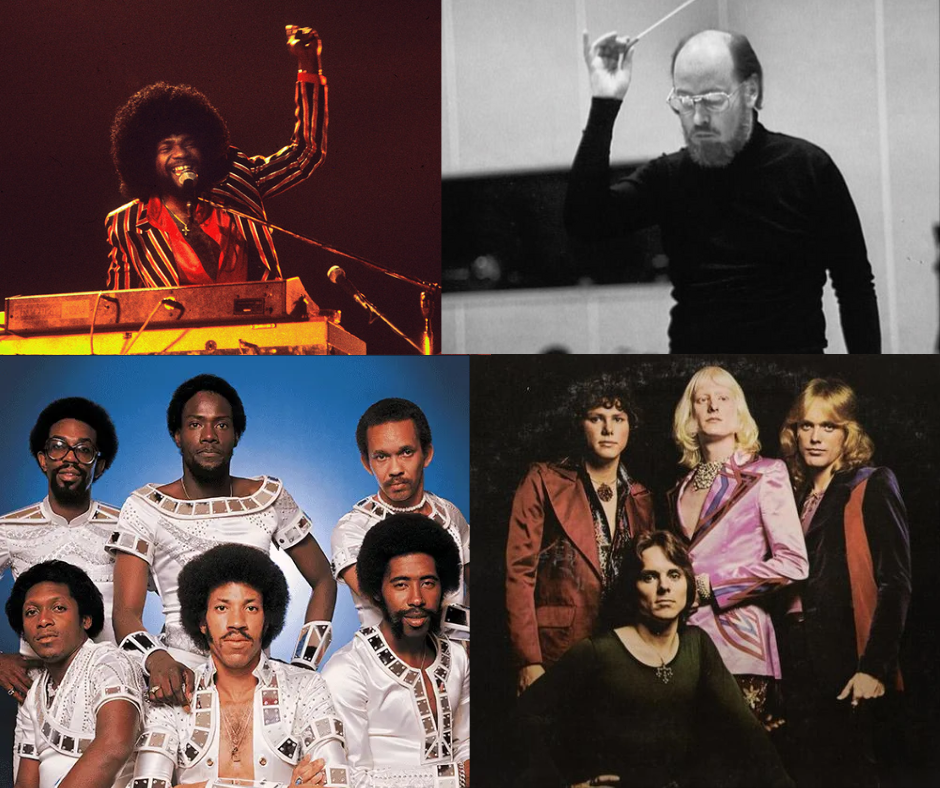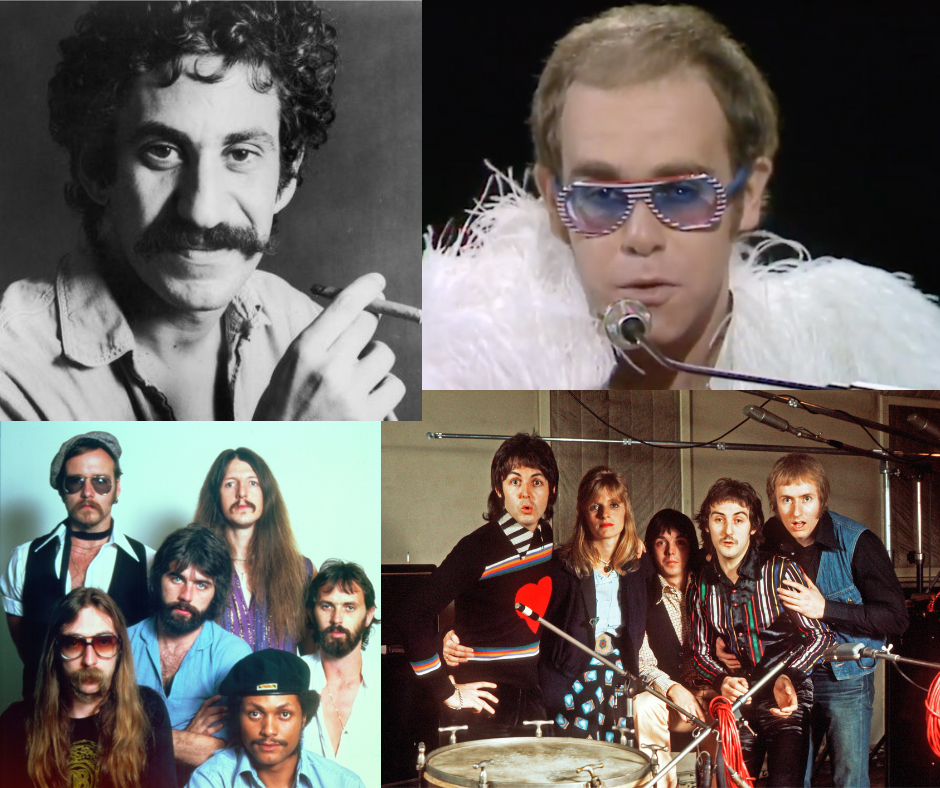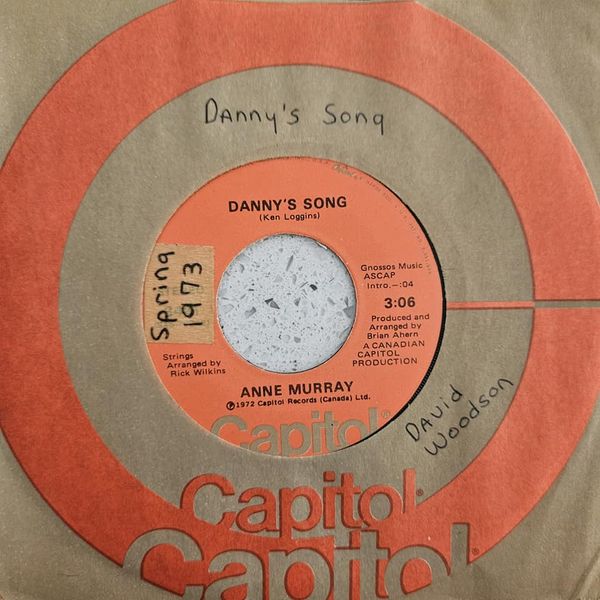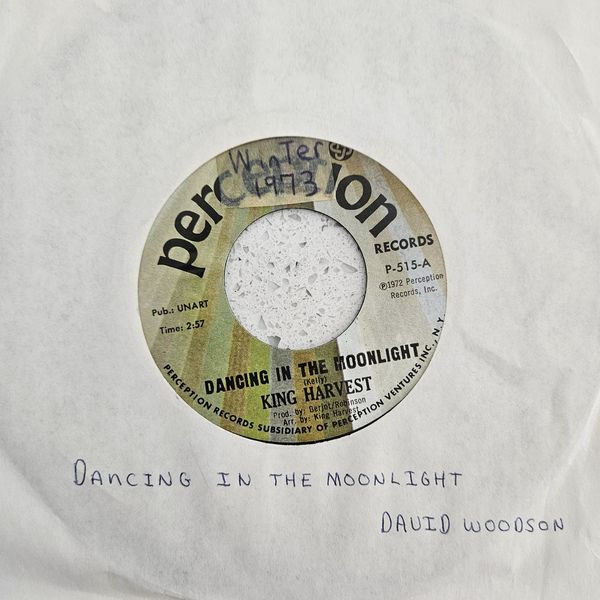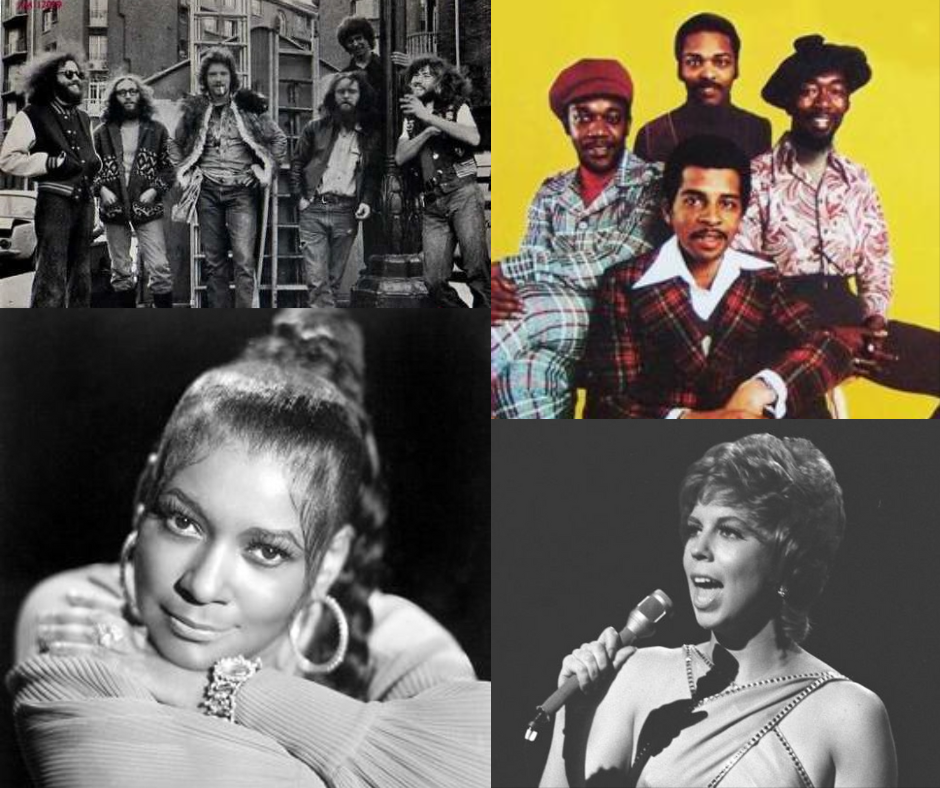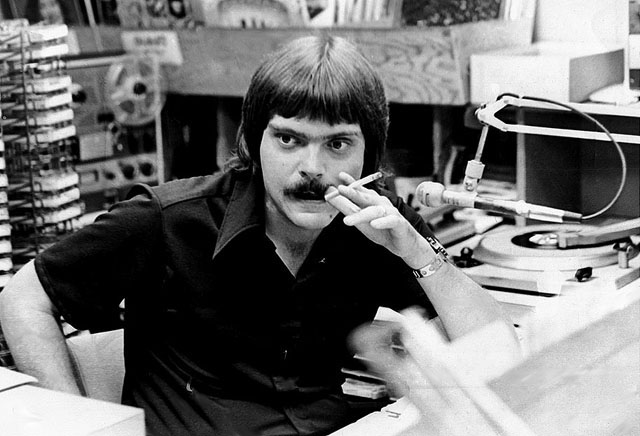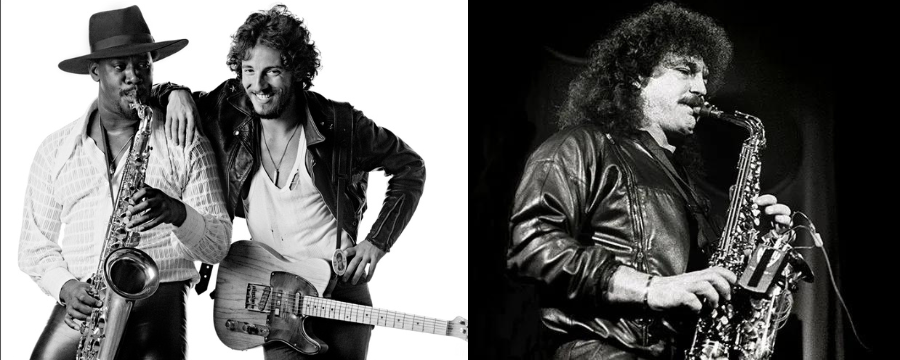
Without a doubt, my favorite instrument is a saxophone. There just seems to be something magical for me whenever I hear a sax played in a song or tune, no matter what type of musical genre that is being presented.
Up until a few years ago, I had never analyzed why I loved certain songs during my youth. Then around the turn of the 21st century, I realized the common denominator with many of my beloved songs was the saxophone.
With this music blog message, I will be counting down what I consider to be my favorite songs featuring the saxophone. My selections are mostly tunes that I treasured when I was a teenager or as a young adult and I still love these songs in 2024.
My listing of superb sax songs all became hits on the Billboard Hot 100 chart during the golden age of top 40 radio. Obviously, that means that outstanding jazz ensembles, classical masterworks, and any other genre of music outside of pop, rock and soul, are excluded with this message.
To avoid any confusion, here are the criteria that I used to narrow down my listing of outstanding sax songs:
- My selections were aired on Top 40 radio between the years 1965 and 1985.
- Only songs released as 45-rpm singles are listed.
- No album tracks used on countdown.
- Saxophone needs to be prominently heard in a song.
- Lead sax solos on instrumental breaks on songs with lyrical singing.
- Countdown songs peaked at #40 or higher on the Billboard Hot 100.
Some groups that feature horn sections are not included in countdown: Blood Sweat & Tears, Earth Wind & Fire, Chicago and Tower of Power. All of these groups utilize saxophones, trumpets and trombones, but the sound of the sax generally isn’t elevated or distinguished among various brass instruments.
“25 or 6 to 4” by Chicago is an outstanding example of a saxophone being played in a song but the sax playing simply blends in with the other instruments and is not noticeable or pronounced on the tune.
As I surveyed the prominent sax hits, the countdown is entirely based on my opinions. My selections are songs that I deem to be culturally, historically, aesthetically significant, meaningful or relevant.
Before I start the sax countdown, I am sharing some other first-class saxophone songs in a couple of different categories. I am a fan of all of the extra songs that didn’t make my favorite sax songs all-time listing.
Songs played on Top 40 and AOR (album-oriented-radio) stations but not released as 45-rpm singles:
- Turn the Page—Bob Seger
- Us & Them—Pink Floyd
- Scenes From an Italian Restaurant—Billy Joel
- Jungleland—Bruce Springsteen
- Bad to the Bone—George Thorogood & the Destroyers
- Back in Time—Huey Lewis & the News
- Moondance—Van Morrison
This next group are songs that I considered for the sax countdown but fell outside of my top 20 selections. Singles are not ranked and are placed in a random order:
- Frankenstein—Edgar Winter Group
- The One Thing—INXS
- Time Passages—Al Stewart
- Just the Two of Us—Grover Washington Jr. & Bill Withers
- Careless Whisper—George Michael & Wham!
- Who Can It Be Now—Men at Work
- It’s Still Rock & Roll to Me—Billy Joel
- Young Americans—David Bowie
- Rio—Duran Duran
- Urgent—Foreigner
- I Can’t Go for That (No Can Do)—Hall and Oates
- Caribbean Queen—Billy Ocean
- Freeway of Love—Aretha Franklin
- Get It Right Next Time—Gerry Rafferty
- Let’s Dance—David Bowie
- Long As I Can See the Light—Creedence Clearwater Revival
- Waiting on a Friend—The Rolling Stones
- Mercy Mercy Me (The Ecology)—Marvin Gaye
- Ooo Baby Baby—Linda Ronstadt
- The Heat is On—Glenn Frye
Without further ado, here is my top saxophone songs countdown:
20. Smooth Operator—Sade: 1985
Positions on Billboard Charts: #1 AC, #5 Hot 100, 62nd Biggest Song of 1985
Co-written by Sade Adu and Ray St John. Saxophone artist Stuart Matthewman. From Sade debut album “Diamond Life.” Smooth jazz/R&B/pop. First top ten hit for Sade in the U.S.
19. Respect—Aretha Franklin: 1967
Peak Positions on Billboard Charts: #1 Hot 100, 13th Biggest Song of 1967
Written by Otis Redding. Saxophone artists: King Curtis and Willie Bridges. From “I Never Loved a Man the Way I Love You” album. Signature song for Franklin. Ranked the #1 best song of all-time by Rolling Stone.
18. The Heart of Rock & Roll—Huey Lewis & the News: 1984
Peak Positions on Billboard Charts: #5 Hot 100, #4 Album Rock Tracks, 44th Biggest Song of 1984.
Co-written by Huey Lewis and Johnny Colla. Saxophone artist Johnny Colla. The 2nd of 4 top ten hits from 1983 “Sports” album. Pop/rock. Features excellent horn section.
17. Just the Way You Are—Billy Joel: 1978
Peak Positions on Billboard Charts: #1 AC, #3 Hot 100, 17th Biggest Song of 1978
Written by Billy Joel. Saxophone artist Phil Woods. From album “The Stranger.” Pop ballad/smooth jazz. Received two Grammy Awards for “Record of the Year” and “Song of the Year” in 1979.
16. Modern Love—David Bowie: 1983
Peak Positions on Billboard Charts: #6 Mainstream Rock Tracks, #14 Hot 100
Written by David Bowie. Saxophone artists: Robert Aaron, Stan Harrison and Steve Elson. From the “Let’s Dance” album. Produced by Nile Rodgers. Video of song was a top MTV clip.
15. Money—Pink Floyd: 1973
Peak Positions on Billboard Charts: #13, Hot 100, #6 Mainstream Rock Tracks
Written by Roger Waters. Saxophone artist Dick Parry. From legendary 1973 “The Dark Side of the Moon” album. Outstanding chord progression on tune. First top 40 hit for Pink Floyd.
14. Deacon Blues—Steely Dan: 1978
Peak Positions on Billboard Charts: #19 Hot 100, 100th Biggest Song of 1978
Co-written by Walter Becker and Donald Fagen. Saxophone artist: Pete Christlieb. From “Aja” album. Jazz rock. Considered a core yacht rock song. Larry Carlton and Lee Ritenour provide superb guitar playing on tune.
13. Fortress Around Your Heart—Sting: 1985
Peak Positions on Billboard Charts: #1 Top Rock Tracks, #8 Hot 100, 95th Biggest Song of 1985
Written by Sting. Saxophone artist Branford Marsalis. Third hit single from “The Dream of the Blue Turtles” album. Rock, pop and jazz. Melodic tune and melancholy lyrics are featured on this song.
12. Brown Sugar—The Rolling Stones: 1971
Peak Positions on Billboard Charts: #1, Hot 100, 18th Biggest Song of 1971
Co-written by Keith Richards and Mick Jagger. Saxophone artist: Bobby Keys. From “Sticky Fingers” album. Up tempo blues rock. Recorded at Muscle Shoals Sound Studio in Sheffield, Alabama.
11. Jazzman—Carole King: 1974
Peak Positions on Billboard Charts: #1 Ac, #2 Hot 100, 42nd Biggest Song of 1974
Co-written by Carole King and David Palmer. Saxophone artist Tom Scott. From the “Wrap Around Joy” album. Pop/jazz. King has been quoted stating that saxophonist Curtis Amy was the inspiration of her ode for a jazz man.
10. Overkill—Men at Work: 1983
Peak Positions on Billboard Charts: #3 Hot 100, #3 Mainstream Rock Tracks, 54th Biggest Song of 1983
Written by Colin Hay. Saxophone artist Greg Ham, member of Men at Work. From “Cargo” album. Third consecutive single by Australian band to reach #3 or higher on Billboard Hot 100. My second favorite single of 1983.
9.. What Does It Take (To Win Your Love)—Jr. Walker & the All Stars: 1969
Peak Positions on Billboard Charts: #1 Soul, #4 Hot 100, 20th Biggest Song of 1969
Co-written by Johnny Bristol, Harvey Furqua and Vernon Bullock. Saxophone artist Junior Walker. From the “Home Cookin’” album. The Funk Brothers and the Detroit Symphony Orchestra played on tune. It was the number 1 biggest soul single of 1969, according to Billboard.
8.. The Logical Song—Supertramp: 1979
Peak Position on Billboard Charts: #6 Hot 100, 27th Biggest Song of 1979
Written by Roger Hodgson. Saxophone artist John Helliwell. From the “Breakfast in America” album. Progressive pop rock. Biggest hit single for the British band. My second favorite single of 1979.
7. Touch Me—The Doors: 1969
Peak Position on Cash Box and Billboard Charts: #1 Top 100 Singles (C), #3 Hot 100 (B), 49th Biggest Song of 1969 (B)
Written by Robby Krieger. Saxophone artist Curtis Amy. From “The Soft Parade” album. Progressive pop rock. One of the first top 40 hits that included a jazz solo. Paul Harris provided orchestral arrangements on song.
6.. Year of the Cat—Al Stewart: 1977
Peak Positions on Cash Box and Billboard Charts: #4 Top 100 Singles (C), #8 Hot 100 (B), 92nd Biggest Song of 1977.
Co-written by Al Stewart and Peter Wood. Saxophone artist Phil Kenzie. From the “Year of the Cat” album. Progressive pop and classic yacht rock tune. My 3rd favorite single of 1977.
5. It Don’t Come Easy—Ringo Starr: 1971
Peak Positions on Cash Box and Billboard Charts: #1 Top 100 Singles (C), #4 Hot 100 (B), 43rd Biggest Song of 1971
Written by Richard Starkey (and uncredited to George Harrison). Saxophone artist Ron Cattermole. This first solo hit by the former Beatle didn’t appear on a Ringo Starr album until 1975’s “Blast From Your Past” LP. Produced by George Harrison. My second favorite single of 1971.
4. Sir Duke—Stevie Wonder: 1977
Peak Positions on the Billboard Charts: #1 Hot 100, #1 R&B/Soul, 18th Biggest Song of 1977.
Written by Stevie Wonder. Saxophone artist Trevor Lawrence. From the “Songs in the Key of Life” album. Lyrics are a tribute to Sir Duke Ellington, jazz pianist, composer, and leader of his own renowned jazz orchestra. My second favorite single of 1977.
3. What’s Going On—Marvin Gaye
Peak Positions of Billboard Charts: #2 Hot 100, #2 Soul, 21st Biggest Song of 1971
Co-written by Marvin Gaye, Al Cleveland and Renaldo Benson. Saxophone artist Eli Fountain. From the “What’s Going On” album. Signature song by Marvin Gaye. My #1 favorite single of 1971 and my third most-esteemed Motown song of all-time.
2. Born to Run—Bruce Springsteen: 1975
Peak Positions on Cash Box and Billboard Charts: #17 Top 100 Singles (C), #23 Hot 100 (B)
Written by Bruce Springsteen. Saxophone artist Clarence Clemons. From the ‘Born to Run” album. Signature song by Bruce Springsteen. My #1 favorite single of 1975 and the best song that I played on WROV Roanoke 49 years ago.
- Baker Street—Gerry Raffety: 1978
Peak Positions on Cash Box and Billboard Charts: #1 Top 100 Singles (C), #2 Hot 100 (B), 26th Biggest Song of 1978 (B)
Written by Gerry Rafferty. Saxophone artist: Raphael Ravenscroft. From the “City to City” album. Signature song by Gerry Rafferty. My second most-loved yacht rock song and #1 favorite single for 1978. “Baker Street” is definitely my top pick with this countdown of most-beloved sax songs.
That wraps up what I consider to be my favorite and best sax hits. I completely understand that my listing of songs in this category was written from my point of view and is subjective.
If you were creating a similar register of excellent sax hits, your tabulation may be totally different. What do you consider to be best preeminent saxophone singles? I hope you will comment below.
Listening to music from the golden age of Top 40 radio will always have a special place in my heart. I still cherish and fondly remember my favorite sax superfine singles of all-time.
Rock on! To subscribe to my blog via email, please click the “Follow” button in the me

